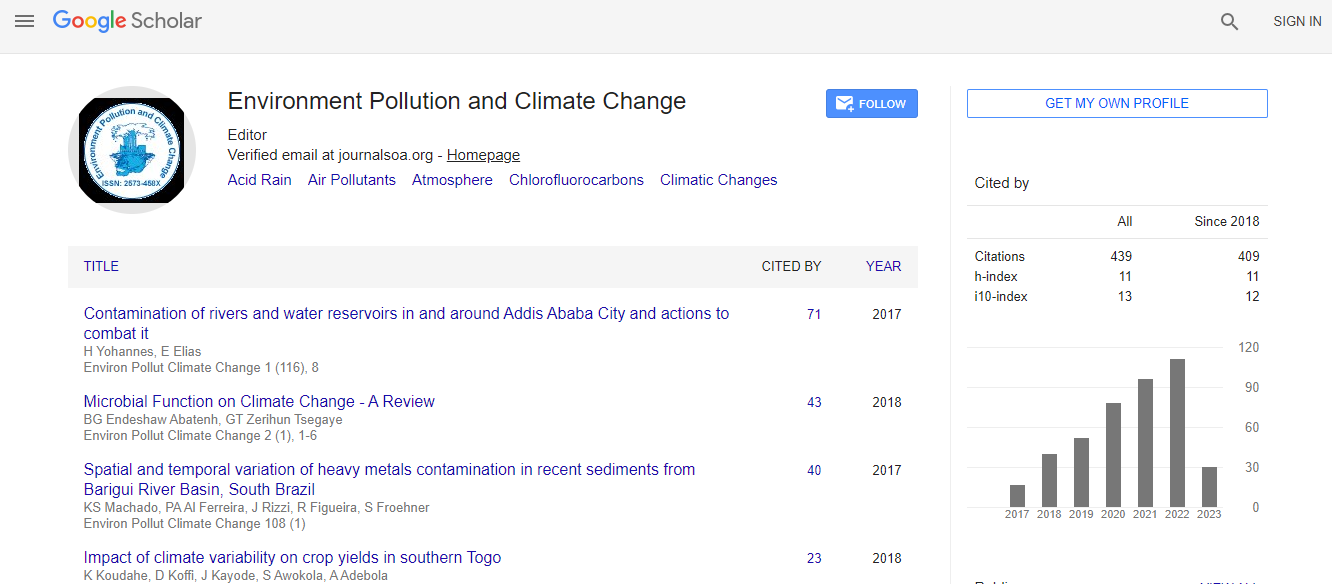Research Article
Nitrous Oxide Emissions from Household Vegetable Fields in the Rural Residential Areas of Hilly Subtropical Central China
Xiaoqing Fu, Yong Li*, Yi Wang, Jianlin Shen, Runlin Xiao, Dan Chen and Jinshui WuKey Laboratory of Agro-ecological Processes in Subtropical Regions, Changsha Research Station for Agricultural and Environmental Monitoring, Institute of Subtropical Agriculture, Chinese Academy of Sciences, Hunan 410125, China
- *Corresponding Author:
- Yong Li
Institute of Subtropical Agriculture
Chinese Academy of Sciences
Hunan 410125, China
Tel: +86-731-8461-5291
Fax: +86- 731-8461-2685
E-mail: yli@isa.ac.cn
Received date: October 18, 2016; Accepted date: October 24, 2016; Published date: November 04, 2016
Citation: Fu X, Li Y, Wang Y, Shen J, Xiao R, et al. (2016) Nitrous Oxide Emissions from Household Vegetable Fields in the Rural Residential Areas of Hilly Subtropical Central China. Environ Pollut Climate Change 1:103
Copyright: © 2016 Fu X, et al. This is an open-access article distributed under the terms of the Creative Commons Attribution License, which permits unrestricted use, distribution, and reproduction in any medium, provided the original author and source are credited.
Abstract
Nitrous oxide (N2O) emissions from a household vegetable field in a rural residential area of hilly subtropical central China were observed using a static chamber-gas chromatographic method from January 2010 to December 2011. The N2O fluxes exhibited seasonal dynamics and the accumulated N2O emissions during the wet seasons accounted for 83.5% of the total N2O emissions. Soil mineral nitrogen (N) contents were found not limiting factors because of the application of large amounts of human excreta. The daily N2O fluxes showed a significant, positive correlation with soil temperature, soil moisture and soil NO3 --N content, and soil denitrification may be the major pathway responsible for N2O emissions. High-frequency, intensive application of liquid excreta stimulated the N2O emission process. The average annual N2O emission rate was 12.1 ± 0.9 kg N ha-1 year-1 in the examined household vegetable field, and the total N2O emissions from household vegetable fields originating from the N source of human excreta in the studied Jinjing catchment (135 km2) were estimated as 1.58 ± 0.16 ton N year-1. Such emissions can be considered as N2O re-emissions of the N input into the ecosystem, and the emission factor of N2O re-emissions was estimated to be 0.57%. The findings indicated that under the present management practices, household vegetable fields in the subtropics of China provide a relevant contribution to greenhouse gas emissions and a responsive mitigation scheme at a household scale is needed to reduce N2O emissions.

 Spanish
Spanish  Chinese
Chinese  Russian
Russian  German
German  French
French  Japanese
Japanese  Portuguese
Portuguese  Hindi
Hindi 
